Up Close And Personal
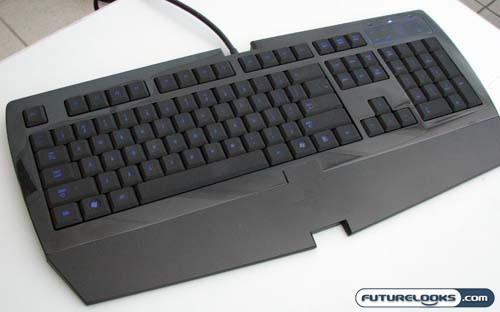
As I noted, the keys have a rubberized non-slip finish on them. This makes for a matte finish, which contrasts nicely with the surrounding structure. The frame around the keys is moulded in a shiny piano black style plastic. This makes for a striking appearance when illuminated or dark. Unfortunately it also creates a huge magnet for very apparent smudges and finger prints. Those who like to keep their peripherals looking shiny may find themselves obsessing over the finish on the Lycosa.
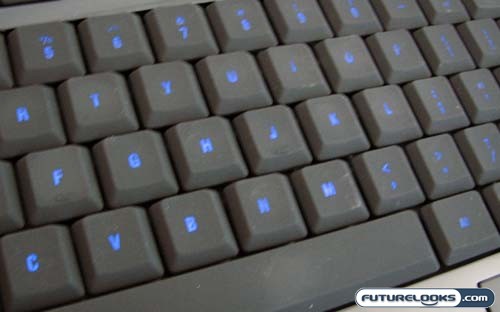
The lighting on the Razer Lycosa is one other sticking point. When fully on it isn’t very bright, and depending on lighting conditions can be difficult to see if not at the right angle. Other than that, the lighting is consistent across all keys.
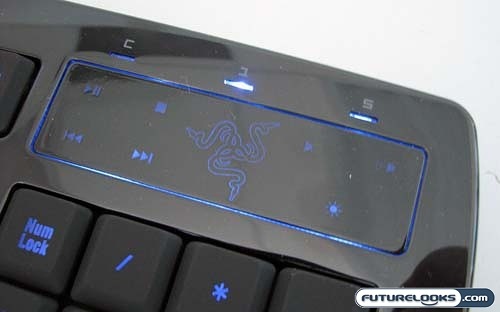
The TouchPanel media keys are only illuminated when the keyboard light is turned on. They are the same finish as the structure of the keyboard; shiny and reflective. That means they are prone to showing off just how many times you’ve pressed a certain button by way of smudges and fingerprints. As for the buttons themselves, they work in iTunes, Winamp, WMP, and a number of other popular media players.
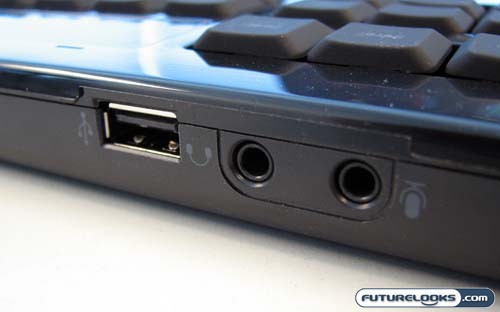
On the top of the Razer Lycosa, near the right hand of the keyboard, is a USB port, and audio ports for a headset.
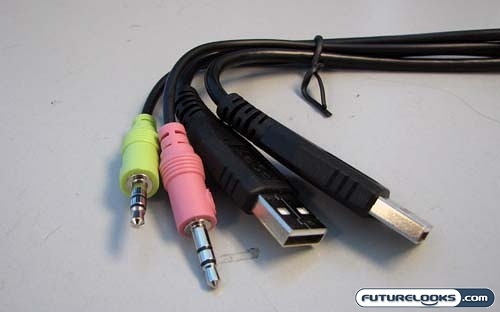
These connections are provided through a series of pass-through ports. This setup is typical and common for the audio ports, but USB is a different story. Most keyboards, and other devices for that matter, that have USB ports are detected as a USB hub. Since there’s only one USB port on the Lycosa, Razer went with a simple pass-through cable. This also prevents whatever is using the USB port on the keyboard from interfering with the signal coming from the keyboard, dogging it’s performance.
Real-Time Price and Stock Check – Shop Like a PRO!
